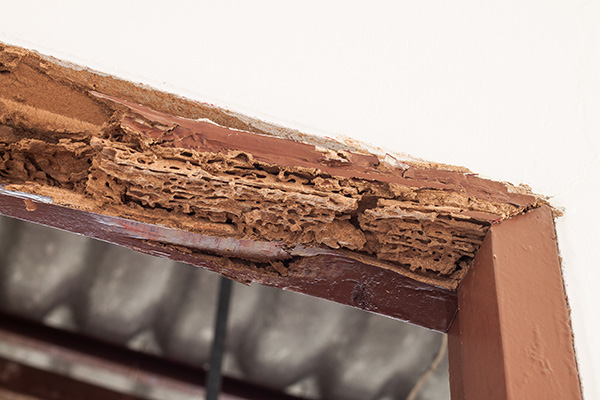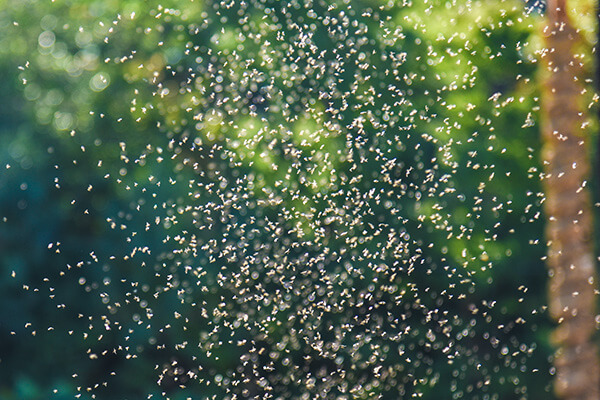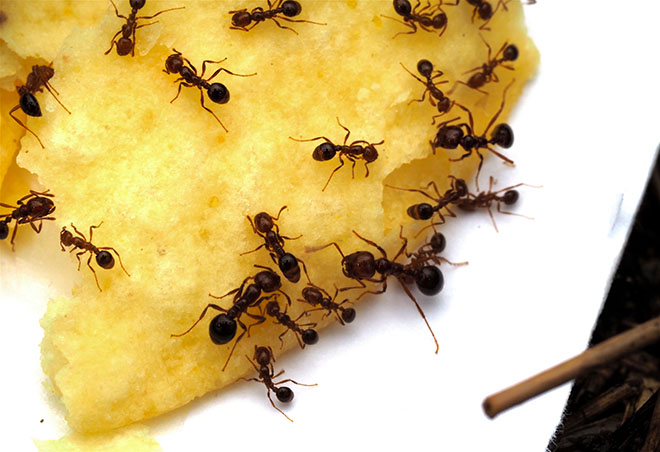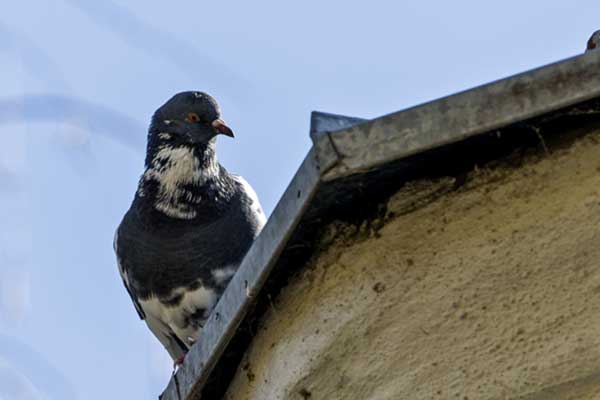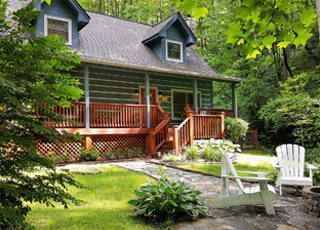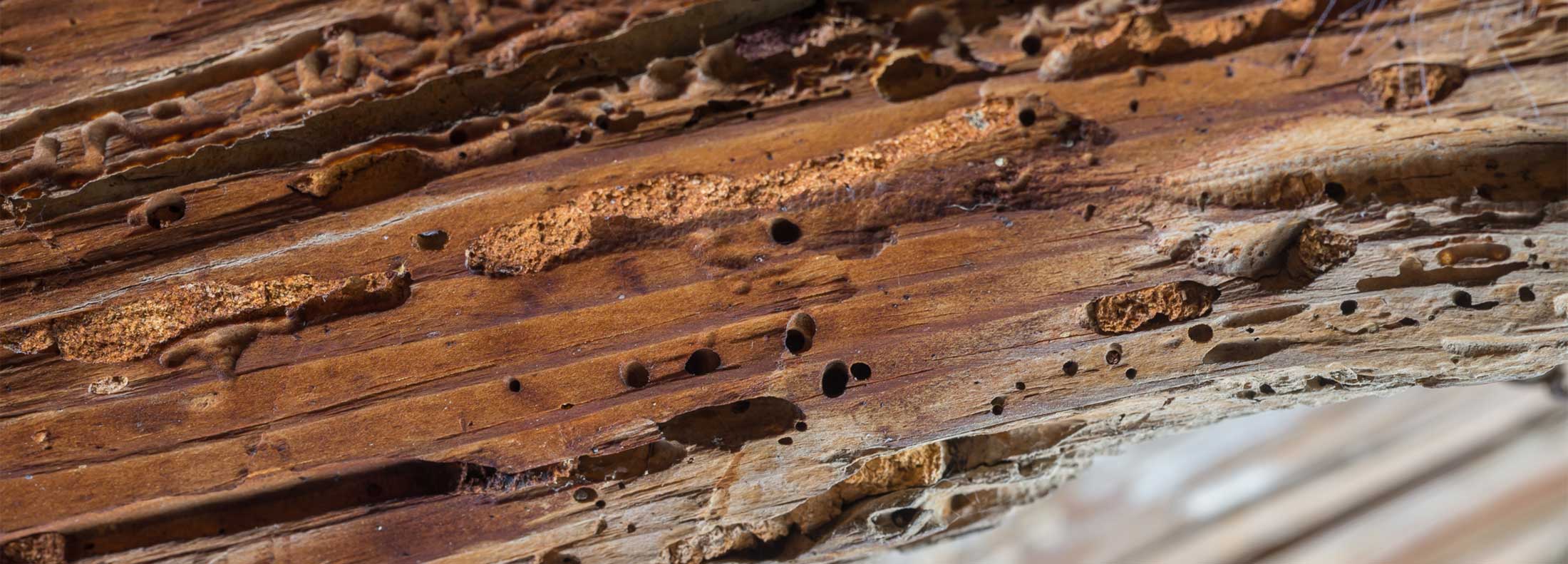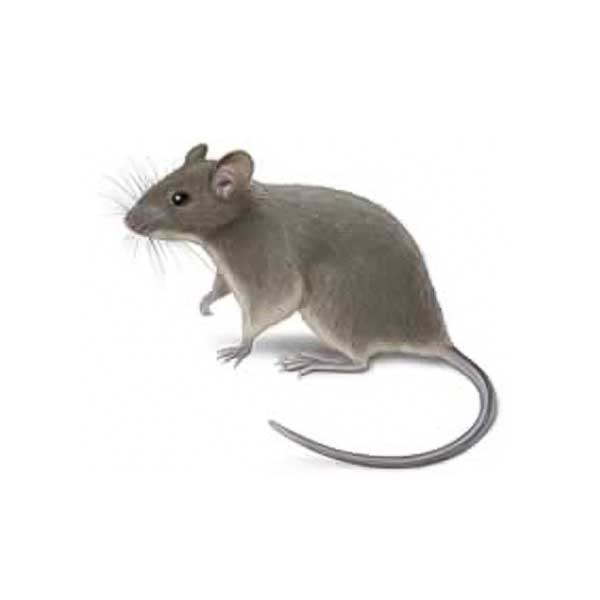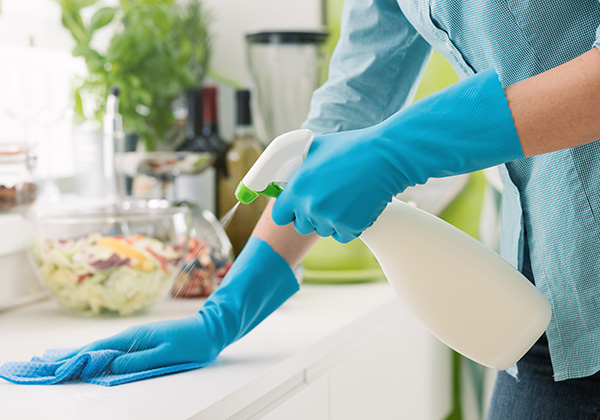A customer of mine just sold his house a few months ago. About a year prior, he had called me out to take care of a small sugar ant problem. We took care of the inside problem but also treated the exterior of the house and property. We also did a follow up service visit 3 months later. When my customer sold his house, he called me after the inspection to share interesting news. Little did any of us know that while we were treating the sugar ant problem, an underground nest of carpenter ants had moved up into some of the under-support areas of the house and started chewing through the wood. Our three month follow up service had completely killed them off. The exterior work we had done for one problem had inadvertently solved a potentially larger one. Six more months of those carpenter ants tunneling away would have caused thousands of dollars worth of damage to the house. It was a reminder to me that just because you can’t see a pest problem, it doesn’t mean there isn’t one. Preventative maintenance is an important part of keeping a pest free home. Seasonal inspections and routine prevention service can help you detect more remote problems and resolve them before they become more significant.
Save $50 Off Initial Service
with Purchase of an Ongoing Maintenance Service Plan

Simply fill out our form to claim this offer!
"*" indicates required fields
*Exclusions Apply. Valid only on initial service of monthly or quarterly maintenance services.
Limited to one per customer.
